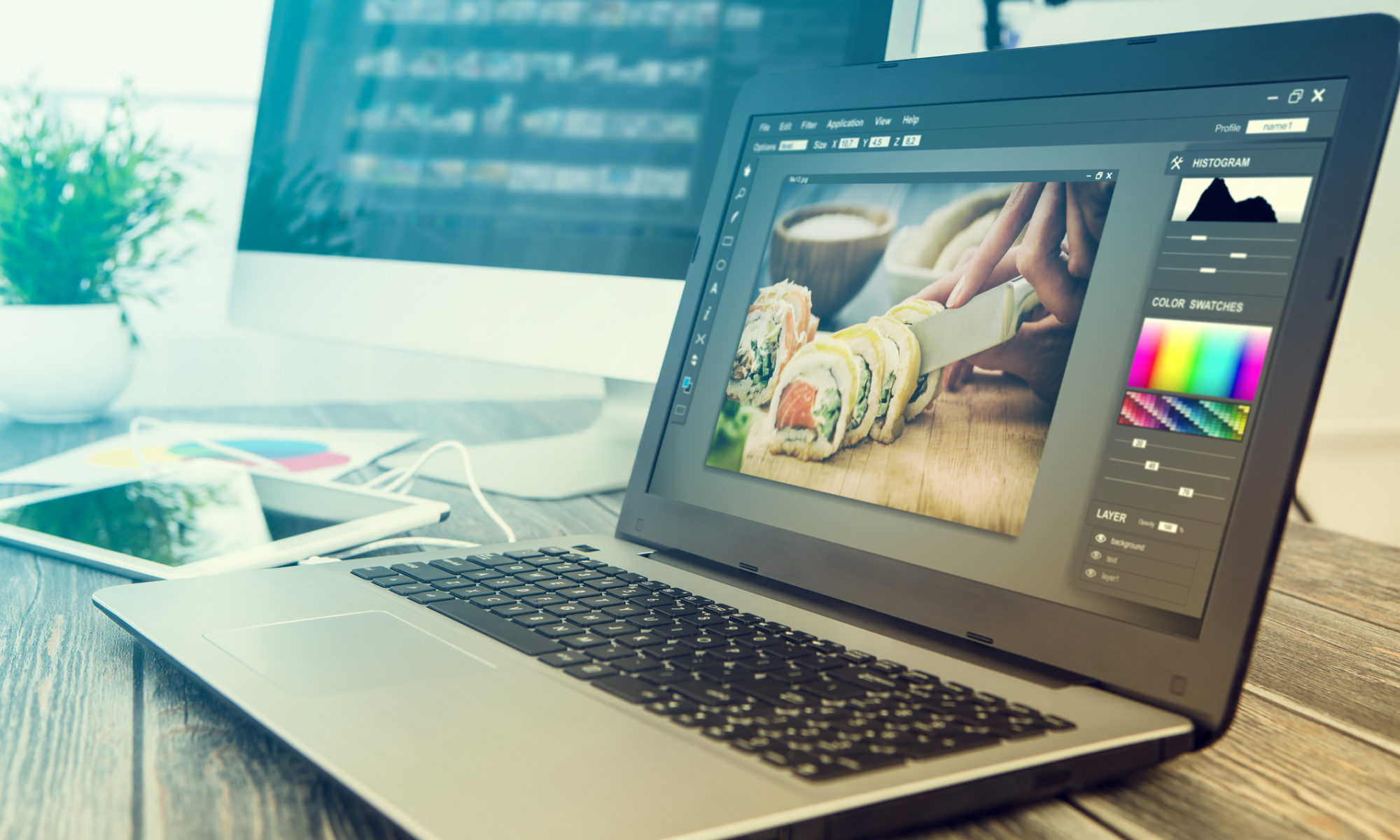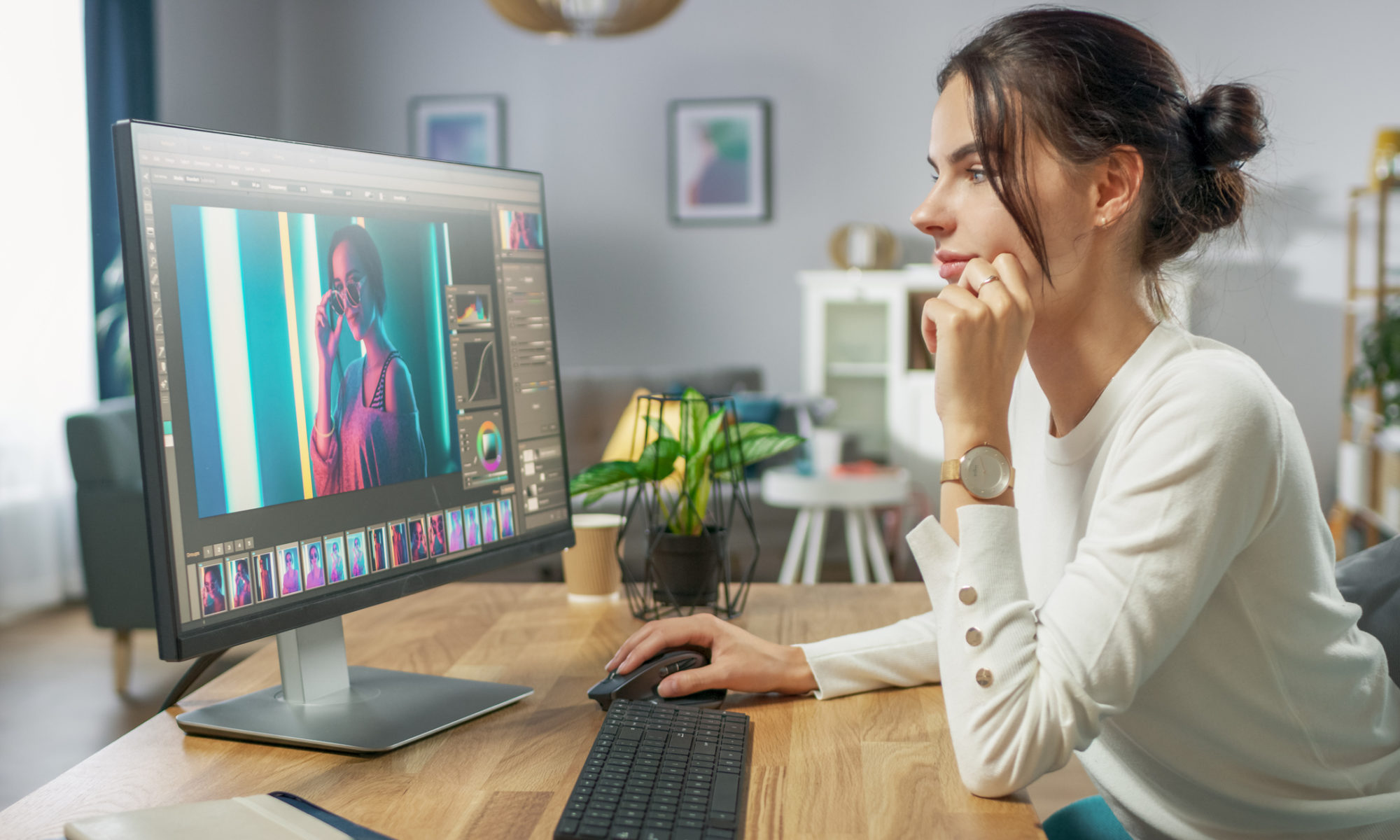If you are a wedding photographer, your most important tool – apart from your camera – is your website. This is where potential clients come to see your previous work, decide if you are right for them and check out your prices. The success of your business could depend on it.
We’ve written this guide to help you make sure your website stands out from the crowd and brings you more clients, more visibility, and more revenue!
Assess the competition
Before you start anything, have a look at what others in your industry are doing. In fact, while you do your research, make a list of wedding photographers that you think are leading in the market. What are they doing well, and most importantly – what do you think they could improve on? If there is anything you think their website is missing, make sure to make a note of it so you include it in yours.
Looking at the competition will help you read the market and identify any gaps that you could fill. Develop your niche – if everyone looks like they’re doing the same thing, highlight what you do differently, whether that’s elopements, large ceremonies or destination weddings.
Build your brand
Once you’ve decided on your niche, then you can work on your branding. This includes your name, logo, colour palette and typography; if you develop them together then they will look more harmonious on the website. You don’t need to hire a graphic designer to make a logo either, as free online tools like Makr and Looka can help you make your own.
To help you do this, write notes on the service you provide, your target audience and your Unique Selling Proposition (USP). This will help you direct your creativity and make sure that your website accurately reflects you and your brand.
Showcase your talents
This is one of the most important parts of your website, if not the most important. The gallery of photos that you choose to showcase are going to be the deciding factor as to whether a potential client contacts you. Choose the pictures that best reflect your brand and your USP, making sure that they are both inclusive and diverse.
Another consideration is the speed your photos load at – a slow-loading site is a sure-fire way to put visitors off, but you also want to avoid having low-quality pictures in your gallery. Make sure the web host you use is fast and efficient to be able to find a happy medium.
Tell your story
As a photographer, you are the individual, the company and the brand. Clients are looking to work with someone that they would be happy to have at their wedding, so your story is a tool you can use to make you stand out against the competition.
Be approachable, relatable and engaging, involving elements of your life that might make it more likely for you to forge a connection with your potential clients. At a loss? Ask your friends and family for qualities they think make you unique and incorporate this into your story.
Gather testimonials
Another intrinsic part of your website that will help you get conversions are testimonials from previous clients. Although they are difficult to obtain when your business is young, they are essential to developing client trust.
After each wedding, make sure you contact your clients and ask for a testimonial – if they liked your services then they will be happy to write a glowing review! This is the clients’ big day, and a stamp of approval from previous clients will show them that you won’t let them down.
Create a clear website navigation
This might seem daunting, but you just need to look at your website as if you were a potential customer. The first page needs to show off your photography and your brand, and have the information most relevant for your client – what type of weddings do you specialise in and where are you based?
Other crucial elements to include are a clear navigation menu that in one click can lead them to your previous work, testimonials, pricing, and contact details.
Start a blog
Blogging is a powerful marketing tool for everyone trying to expand their business. By including keywords relevant to your business, Google will rank your website higher in its search engine, making it easier for people to find you.
You can use the blog in various ways, either sharing client stories, posting industry-related news, or sharing top tips or guides for a seamless wedding experience. This will place you as a leader in your industry, and help potential clients relate to you as an individual. Be prepared to update your blog regularly though, as this will help with Google rankings and make your website look relevant and up to date.
Are you ready to make your own wedding photography website? At Go Sitebuilder you can build a website with minimum hassle. Our pre-designed sections help you drag and drop your logos and pictures where you want them, and there are image galleries ready to showcase your wedding photography! Try our 14-day free trial today and see just how amazing your website could look.









